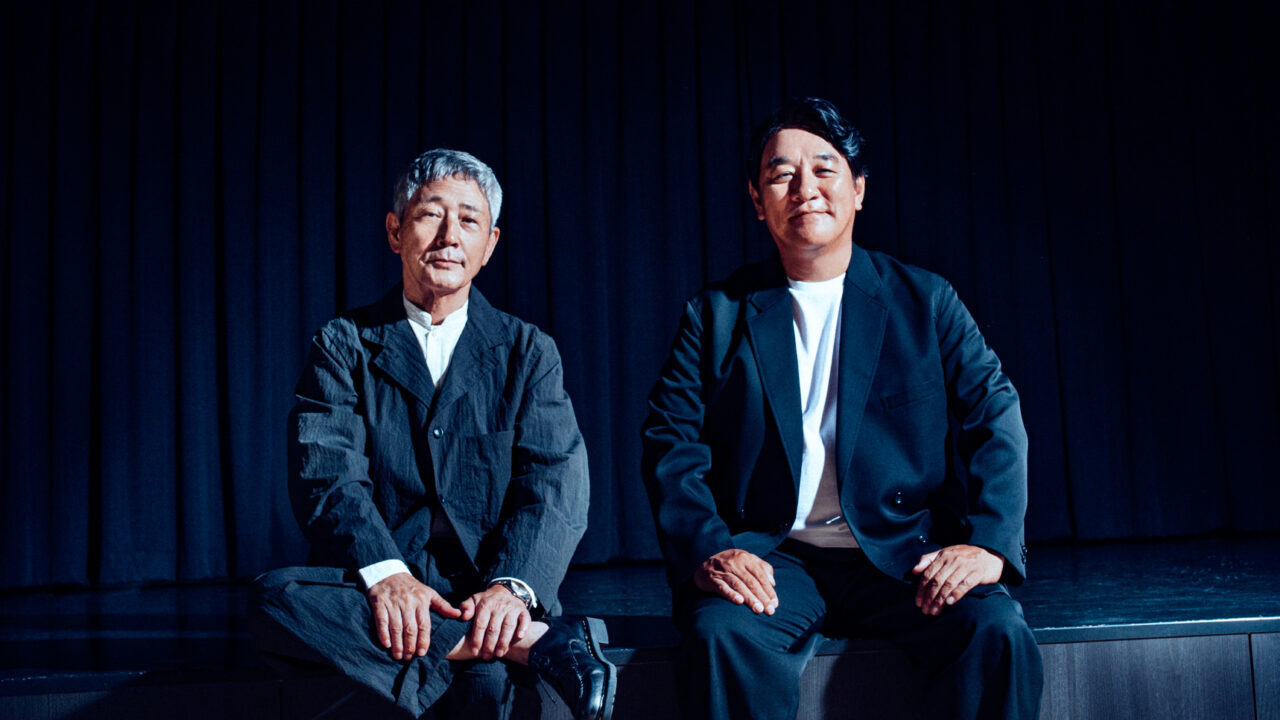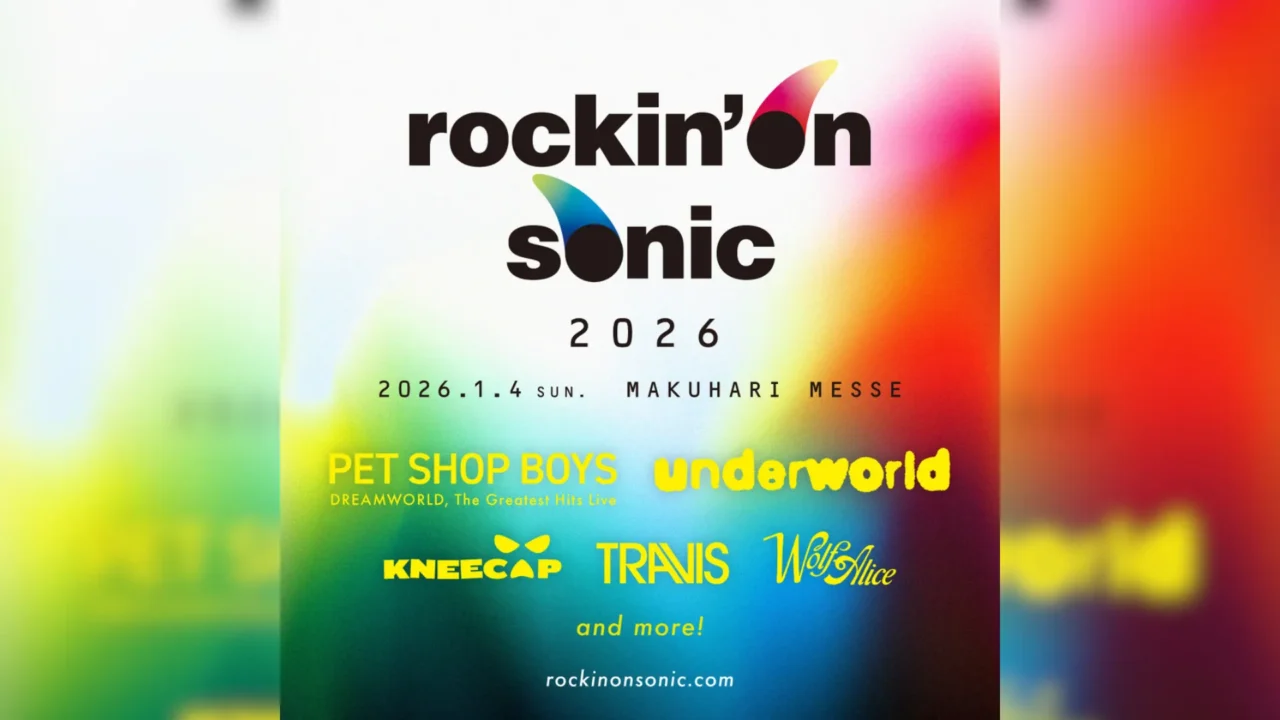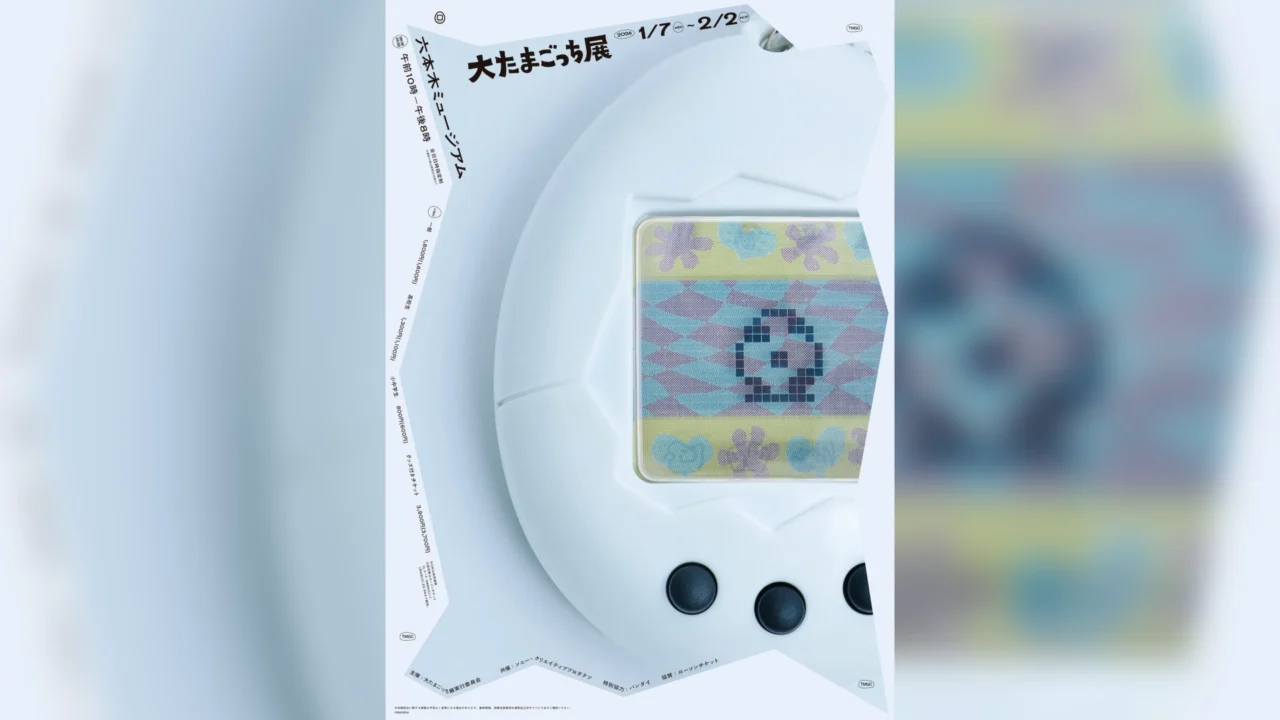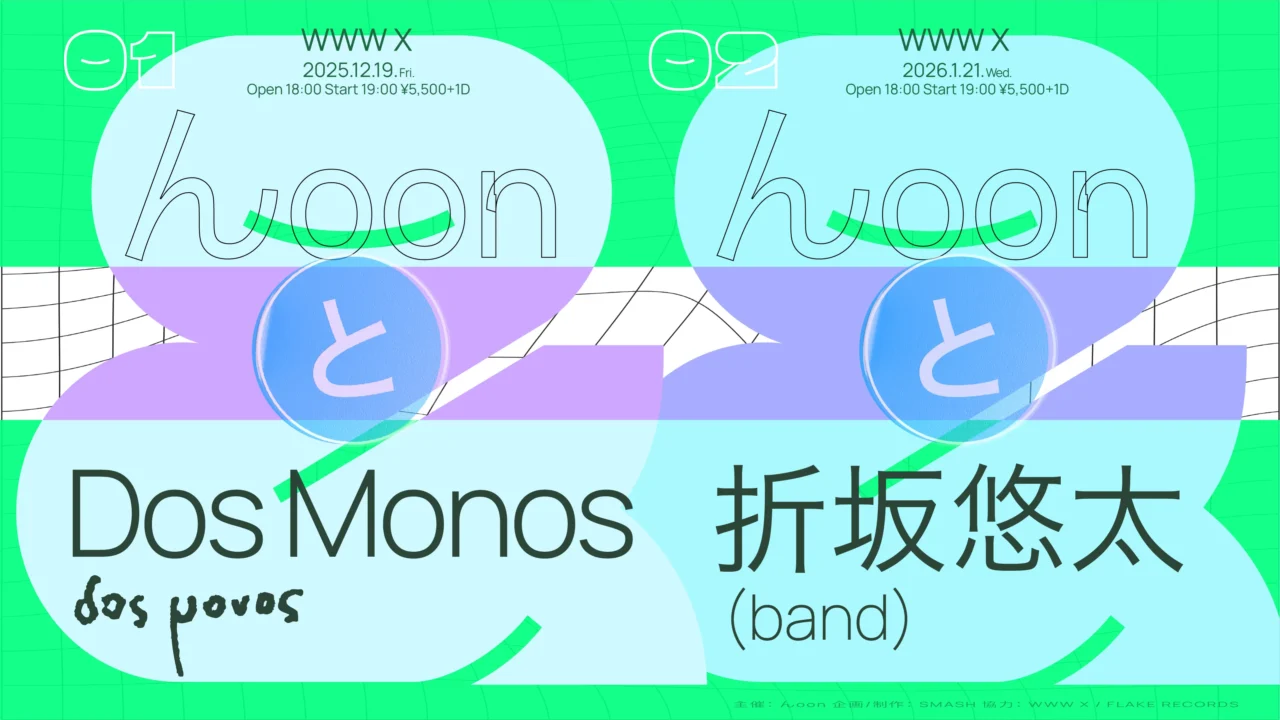The scorching summer heat has returned, and there’s no escaping it. My tank top, meant to combat sweat, is utterly useless by the time I reach the nearest station. The cool aura of the up-and-coming young actor in the train ads is unattainable, making me wish I could drench myself and not care anymore.
“S2O JAPAN,” the world’s wettest music festival inspired by Thailand’s Songkran water festival, runs from Friday, August 2nd to Sunday, August 4th. This EDM-based event justifies getting soaked with over a million liters of water sprayed each day as you dance the night away.
Returning after a five-year hiatus, this year’s festival kicks off with a special outdoor solo performance by Creepy Nuts on the first day. The lineup also includes returning stars like KSHMR and Yellow Claw. Both seasoned attendees and newcomers are welcome.
Beyond the water-soaked fun, “S2O JAPAN” aims to strengthen Thailand-Japan relations, promote Japanese artists internationally, and create an inclusive space for all ages. Ahead of its return, we spoke with KIUCHI, the visionary behind “S2O” in Japan and other events like ‘Water Run,’ to delve into the festival’s mission.
INDEX
Relive Your Childhood at This Thai-Inspired Water Festival
-What is “S2O,” the festival first held in Thailand in 2015?
KIUCHI: “S2O” is a dance music festival that combines the Thai water festival “Songkran,” held every April, with music to create what is known as “the world’s most drenched music festival.” Songkran is a major Thai festival celebrating the New Year by pouring water on elders, Buddha statues, and pagodas as a form of purification. Due to its timing during Thailand’s hottest season, the tradition of water splashing evolved into a large-scale festival popular among local youth, and it has now become one of the largest and most renowned festivals in Asia.
-Do you remember when you first participated in “S2O”?
KIUCHI: I’ve been participating since the second year of “S2O,” and it felt like returning to childhood. I remember days spent at amusement park pools with friends and family time at the beach. I was drawn to the unique feeling of playing as earnestly as a child.
-How did the journey unfold before the launch of “S2O JAPAN”?
KIUCHI: About ten years ago, when teen-oriented marathon events like “Color Run” and “Color Me Rad” were popular in Japan, an acquaintance’s company decided to launch a similar event called “Water Run.” This event was a precursor to “S2O JAPAN.” The company was looking for someone experienced in entertainment music, and since I had been working in the music industry, I got involved as the overall director and casting agent. While “Water Run” was based on the concept of “Songkran,” it relied mainly on online visuals and information. As I researched further, I discovered “S2O” and decided to visit it in person.
INDEX
The Journey of Developing a Trailblazing Festival in Japan
–Prior to “S2O JAPAN,” you were involved in organizing water-based events?
KIUCHI: “S2O” is a unique event that goes beyond the typical use of effects like fire or water. So, I thought that we, with our expertise in organizing water-based events, might be the only ones capable of hosting “S2O” in Japan. When Japan’s “Water Run” reached its second year, I had a DJ friend who had moved to Thailand. I had them translate our “Water Run” proposal and sent it via direct message to the organizers of “S2O” in Thailand. That was our initial action.
-What challenges did you face in making it a reality in Japan?
Although I had experience in event planning, I had no knowledge of organizing an event on the scale of “S2O.” It felt like I was hitting a wall every day. As expected, the preparation period means zero revenue [laughs]. However, since we wouldn’t earn anything if we didn’t do it, I was focused on pushing forward through trial and error.
Later, I found out that it’s quite rare for small to medium-sized enterprises to create a project from scratch and obtain a license. Apart from Kenji Kobayashi, who brought 『ULTRA JAPAN』 to Japan, I seem to be the youngest in the country to take on such a task. There weren’t any mentors to teach me, and the entertainment music industry is quite specialized, making it something you can’t do unless you have substantial funding. It felt like a constant cycle of hitting walls and making incremental progress, much like a game of Dragon Quest.
-You mentioned “ULTRA JAPAN.” Were there any events that you referred to when bringing “S2O” to Japan?
KIUCHI: I focused solely on the original “S2O” in Thailand. If there is a model, you can replicate it. For “Water Run,” there were no existing examples, so I had to figure out things like how to source 3,000 water balloons for the event from scratch.
























